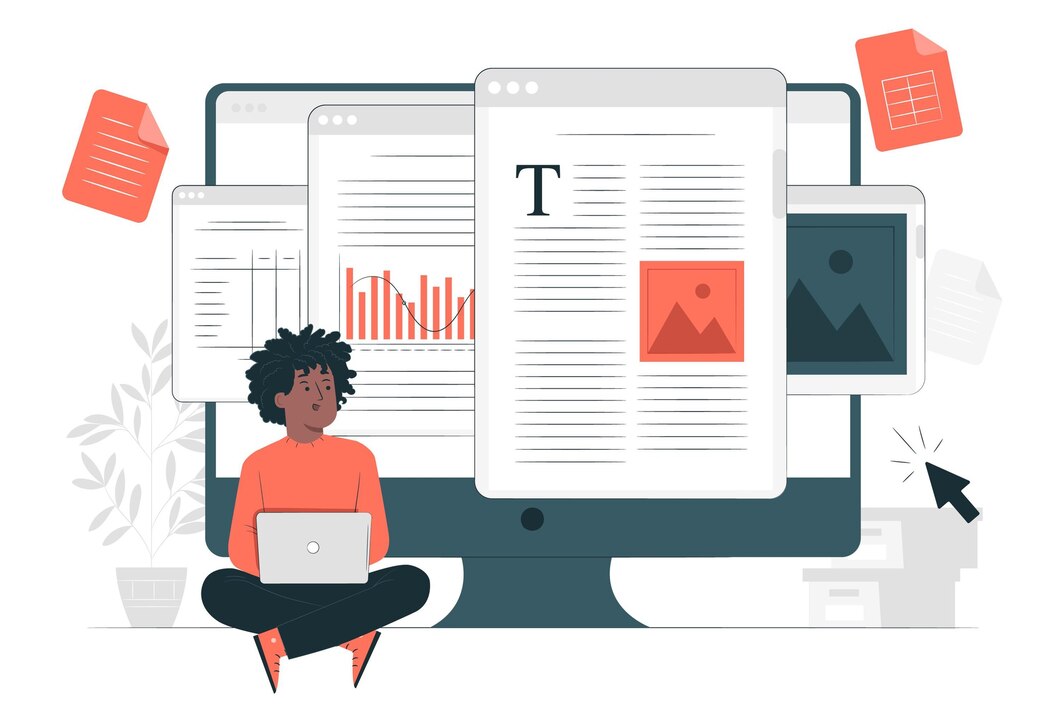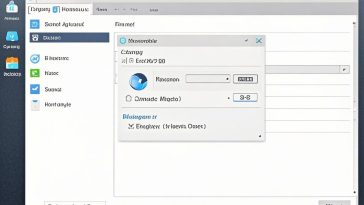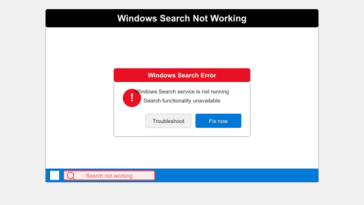Filling out forms is a common task in both our personal and professional lives. We regularly need to provide information by hand on various registration forms, surveys, applications and more. However, this traditional paper-based method can be inefficient. The forms have to be printed, filled out manually, then scanned or mailed back. There is also greater potential for errors or incomplete information when filling out paper forms.
Luckily, there is an easier way to create digital forms that can be filled out and submitted electronically – using fillable PDFs. Fillable PDFs allow recipients to type information directly into form fields within an Adobe PDF document. This saves paper, speeds up form completion, and reduces potential errors.
So how exactly does one go about making a fillable PDF from a Word document? Follow along below as we walk through the steps to creating fillable PDF forms using Microsoft Word.
What You’ll Need
To make a fillable PDF from Word, you need two key pieces of software – Microsoft Word and Adobe Acrobat. Word is used to create the initial form with editable fields, while Acrobat converts the Word document into a fillable PDF form. So before getting started, make sure you have the current versions of Word and Acrobat installed on your computer.
Creating the Initial Form in Word
The first step is to open a new Word document and add the desired form fields that recipients will need to fill in electronically. This includes elements like:
– Text boxes – for collecting responses, like names, addresses, comments, etc.
– Dropdown menus – to allow selecting from preset options
– Checkboxes – to collect selections from lists or boolean (yes/no) choices
– Date pickers – for entering dates without typing
You can insert these form elements from the “Developer” tab in Word. Click on the tab, then click “Legacy Tools” to view the form controls. Click and drag any form element like a text box onto the document page. You can move, resize, and duplicate form elements as needed to build out your form.
Don’t forget to set any properties for the fields. For example, you may want certain fields to be “Required” so the form can’t be submitted until they are filled out. Or set some to “Read Only” if not meant to be edited. After adding and configuring all the necessary fields, save the Word document.
Converting to a Fillable PDF
Next we’ll convert the Word document containing the form fields into an interactive PDF form recipients can fill out digitally. Here’s how:
– In Word, go to File > Save As and select PDF as the file type.
– In the save options window, check the boxes for “Create bookmarks using…” and “Document structure tags for accessibility”.
– Save and close the PDF.
Opening the PDF in Adobe Acrobat brings up the last crucial step – detecting form fields. Go to Tools > Prepare Form to launch the form field detection wizard. Walk through the steps to have Acrobat identify and configure the form fields from the Word document.
When done, you should see the text boxes, drop downs, and other form elements become interactive in the PDF. Try typing or selecting options to test it out. Now when you share this fillable PDF, recipients can conveniently fill it out digitally!
Advanced Features and Customization
The beauty of PDF forms is that they can be enhanced with advanced features to create a polished, professional form-filling experience. Here are some additional tips:
– Require signatures – Acrobat allows adding signature fields that use digital IDs to validate signatures.
– Calculate values – Set up equations and scripts for fields like totals or defaults based on other entries.
– Limit permissions – Password protect the form or make it read only to control access.
– Custom themes – Apply color palettes and design styles for branding consistency.
– Conditional logic – Show or hide fields based on responses using JavaScript.
– Automate workflows – Connect your PDF to apps like Zapier to collect and process submissions.
The possibilities are vast when building PDF forms in Acrobat. While it does require learning advanced functions, the effort pays off in elegant forms that optimize the user experience.
Benefits of Fillable PDF Forms
Now that you know the process, let’s recap the many benefits that fillable PDF forms provide:
– Convenience – Recipients can fill out forms digitally from any device.
– Efficiency – Streamlines process compared to printing, filling, scanning paper forms.
– Accuracy – Data entered directly is more accurate than transcribing handwritten forms.
– Accessibility – PDF form fields work with screen readers for the visually impaired.
– Eco-friendly – Paperless forms reduce waste and environmental impact.
– Time savings – Automated workflows and calculations save time over manual work.
– Professionalism – Branded fillable PDFs polished look instills confidence.
As you can see, the advantages are numerous. While it does take some time investment up front to construct, a well-designed fillable PDF pays dividends in ease-of-use and efficiency down the road.
Give It a Try!
We’ve just scratched the surface of the cool capabilities you can build into interactive PDF forms. The best way to dig deeper is to create your own! Try following the steps above to convert one of your existing Word documents into a slick fillable PDF form. Get creative with different form field types and advanced options. Before you know it, you’ll have a library of professional PDF forms ready to issue and gather responses digitally.
So don’t leave it to chance or struggle with messy paper forms. Take charge by making your own fillable PDFs! Implement this digital solution to say goodbye to disorganized documents and hello to streamlined, automated forms.






